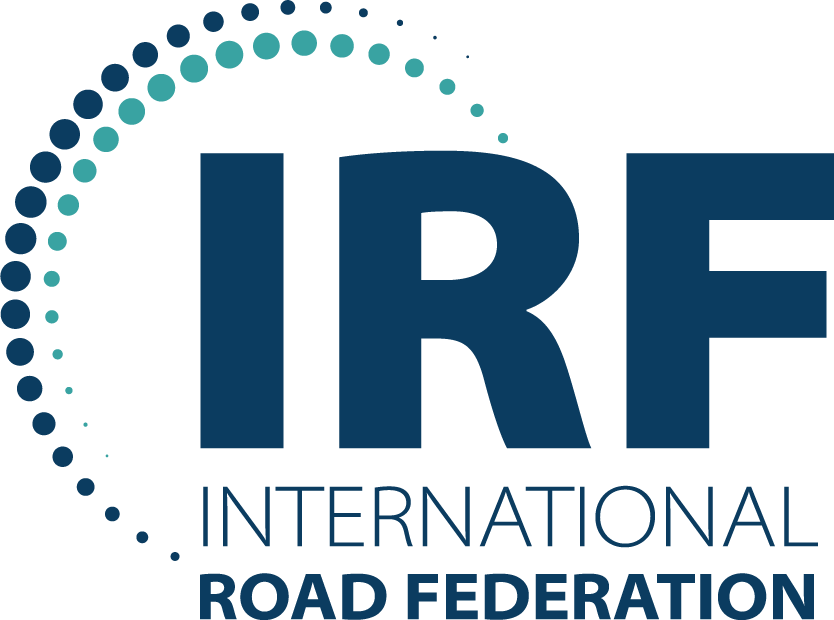MARSHALL ISLANDS
ROAD SAFETY PROFILEThe ATO road safety profiles offer insights into the road safety in 37 Asia-Pacific countries by utilizing road safety related data from various sources and policy information extracted from a range of documents.
These road safety profiles were developed by the Asian Transport Observatory in collaboration with the Asia Pacific Road Safety Observatory (APRSO) and the International Road Federation (IRF). This September 2025 edition updates the February 2025 release—prepared for the Global Ministerial Conference on Road Safety in Marrakech—to inform discussions at the Asia-Pacific Regional Road Safety Conference in Manila.
Country Summary
Road safety in Marshall Islands remains a critical concern despite some improvements. While progress has been made, the country's road fatality rate is still significantly higher than regional averages. In 2021, it was estimated about 23 fatalities per 100,000 population in Marshall Islands were due to road crashes. (GBD) Road crash injuries accounted for 10th highest cause of all deaths in Marshall islands that year. This narrative explores the situation's complexities, examining data discrepancies, the human and economic costs, and the policy landscape surrounding road safety in Marshall Islands.
Analyzing disaggregated data reveals further insights. The share of female fatalities has slightly decreased, and the combined share of minors (<14) and seniors (>65) in road crash fatalities has seen a slight increase.
The impact of road crashes extends far beyond human suffering. These fatalities and serious injuries cost Marshall Islands approximately 9 million USD in 2021, roughly 4% of the country's GDP.
References
ATO. National Database (2024). https://asiantransportoutlook.com/snd/
IMF. (2024). Climate Data. https://climatedata.imf.org/pages/access-data
Institute for Health Metrics and Evaluation. (2021). GBD Results. GBD Results. https://vizhub.healthdata.org/gbd-results
Institute for Health Metrics and Evaluation. (2024). Global Burden of Disease Study 2021 (GBD 2021) Cause-Specific Mortality 1990-2021. https://ghdx.healthdata.org/record/ihme-data/gbd-2021-cause-specific-mortality-1990-2021
iRAP. (2024). Safety Insights Explorer. iRAP. https://irap.org/safety-insights-explorer/
Nirandjan, S., Koks, E. E., Ward, P. J., & Aerts, J. C. J. H. (2022). A spatially-explicit harmonized global dataset of critical infrastructure. Scientific Data, 9(1), 150. https://doi.org/10.1038/s41597-022-01218-4
United Nations Department of Economic and Social Affairs Population Division. (2022). World Population Prospects 2022. https://population.un.org/wpp/
WHO. (2023). Global Status Report on Road Safety 2023. https://www.who.int/teams/social-determinants-of-health/safety-and-mobility/global-status-report-on-road-safety-2023
World Bank. (2023). GDP, PPP (current international $). World Bank Open Data. https://data.worldbank.org/indicator/NY.GDP.MKTP.PP.CD
World Bank. (2024). Current health expenditure (% of GDP). World Bank Open Data. https://data.worldbank.org/indicator/SH.XPD.CHEX.GD.ZS





